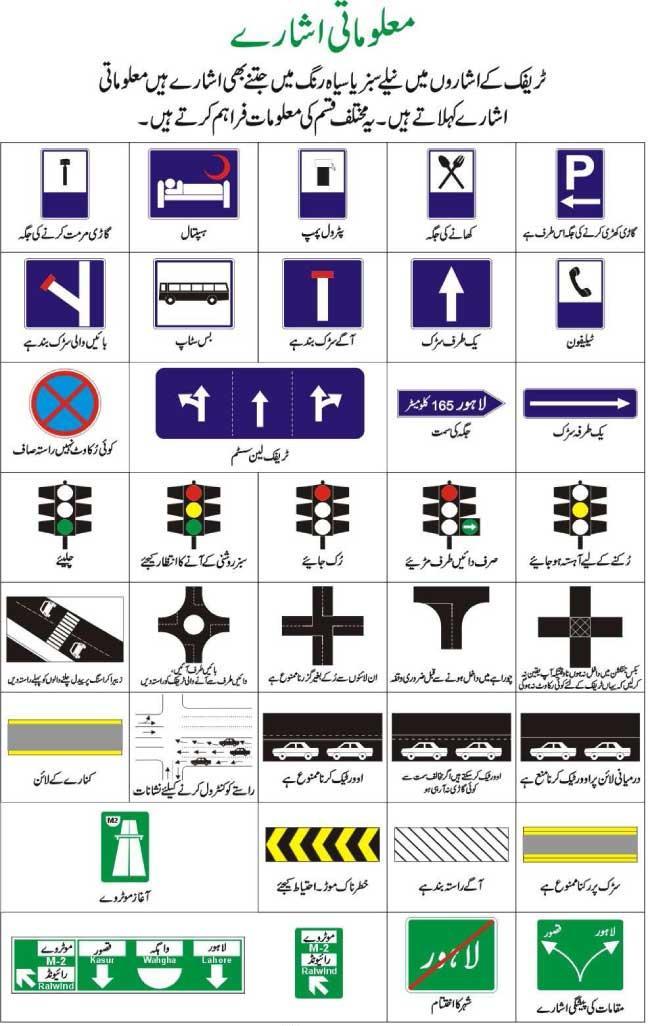
Decoding the Language of the Road: Understanding Traffic Signs
Every time we get behind the wheel, we embark on a journey where communication is key. Amidst the hustle and bustle of modern life, amidst the hum of engines and the blur of scenery, there exists a silent language that guides us, keeps us safe, and ensures the smooth flow of traffic. This language is none other than the ubiquitous traffic signs that line our roads and highways.
The Importance of Traffic Signs
Imagine driving through a city without any traffic signs. Chaos would undoubtedly ensue. Traffic signs are the unsung heroes of our roads, providing vital information to drivers, pedestrians, and cyclists alike. They serve as a universal language that transcends barriers of language and culture, guiding us through the complex network of streets and intersections.
Types of Traffic Signs
Traffic signs can be categorized into several distinct types, each serving a specific purpose:
1. Regulatory Signs: These signs inform drivers of traffic laws and regulations. Stop signs, yield signs, speed limit signs, and no entry signs are all examples of regulatory signs that dictate how we should behave on the road.

2. Warning Signs: Warning signs are designed to alert drivers to potential hazards or changes in road conditions. From sharp curves and steep inclines to pedestrian crossings and animal crossings, these signs help drivers anticipate and react to upcoming obstacles.

3. Guide Signs: Guide signs provide directional and navigational information to drivers. They inform us of upcoming exits, distances to cities, and locations of landmarks, ensuring we stay on the right path to our destination.

4. Informational Signs: Informational signs convey supplementary information that may be helpful to drivers, such as locations of gas stations, rest areas, and tourist attractions. While not essential for safe driving, these signs enhance the overall driving experience.

Download Traffic Signs PDF
Understanding the Symbols
One of the remarkable features of traffic signs is their use of symbols to convey information quickly and efficiently. These symbols are designed to be universally understood, transcending language barriers and ensuring clarity for all road users. Whether it’s the octagonal shape of a stop sign, the triangular warning of a yield sign, or the circular command of a speed limit sign, each symbol carries a distinct meaning that drivers instinctively recognize.
The Evolution of Traffic Signs
Traffic signs have come a long way since their inception. From simple wooden boards with painted symbols to modern, highly reflective signs with LED lighting, advancements in technology and materials have enhanced their visibility and effectiveness. Moreover, the standardization of traffic signs across regions and countries has facilitated international travel and promoted global road safety standards.
Conclusion
Next time you hit the road, take a moment to appreciate the silent guardians that line your path: the traffic signs. These unassuming signposts are the backbone of our transportation infrastructure, guiding us safely to our destinations and ensuring order amidst the chaos of the modern world. So, whether you’re cruising down the highway or navigating through city streets, remember to heed the language of the road—it just might save your life.
We start every car ride entering a world where we must talk without speaking. The busy life, engine sounds, and fast-moving sights stand alongside a silent guide. This guide is the traffic signs we see everywhere on streets and big roads.
Why Traffic Signs Matter
Think about a city without signs on the road. That would lead to a big mess. Traffic signs are our street heroes. They tell drivers, walkers, and bike riders important things. These signs are a language everyone knows, no matter where they come from. They help us move through the messy web of roads and crossroads.
Different Kinds of Traffic Signs
We put traffic signs in separate groups for the different jobs they do:
- Drivers learn what they can and can’t do on the road with regulatory signs. Examples include stop and yield signs as well as speed limit and no entry signs.
- To avoid trouble, warning signs tell drivers to be careful. They warn about things like sharp turns and big hills and where people and animals cross the street.
- Guide signs tell drivers where to go. They give info like how to get off the freeway how far it is to a city, and where to find important places.
- Informational signs share extra details drivers might find useful. These include where to find gas stations, rest stops, and fun spots to visit while driving.
Download Traffic Signs PDF
Know the Signs
Remarkable things about road signs are the pictures they use to share messages fast and well. These pictures aim to be clear to everyone, no matter their language making sure everyone driving gets the message. A stop sign looks like an octagon, a yield sign is a triangle, and a round sign tells you the speed limit. Drivers know right away what these shapes mean.
Road Signs Change Over Time
Road signs started simple, like painted boards, but now they’re way better. Today’s signs are bright and sometimes have lights that make them easier to see at night or when the weather is bad. Also, making signs the same in different places has helped with driving in new countries and keeping roads safe everywhere.
Conclusion
Next time you drive, notice the quiet heroes on your way: the road signs. These simple markers hold up our travel system. They lead us to where we need to go and keep things in order amid today’s busy life. So whether you’re speeding on the freeway or making your way across town pay attention to the road’s signs—they could keep you safe.